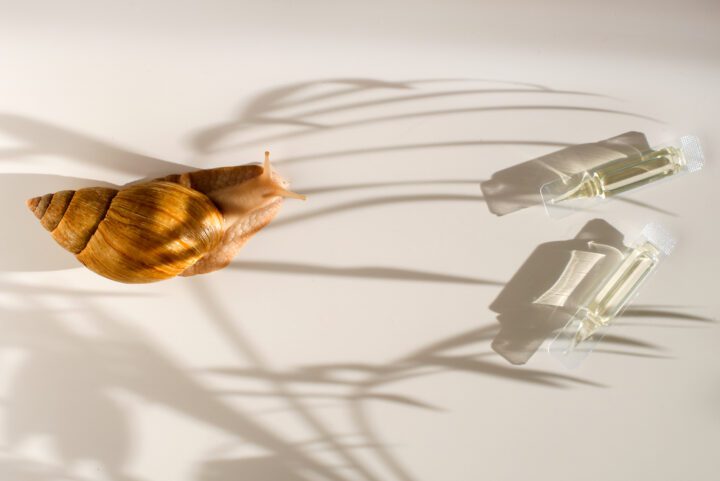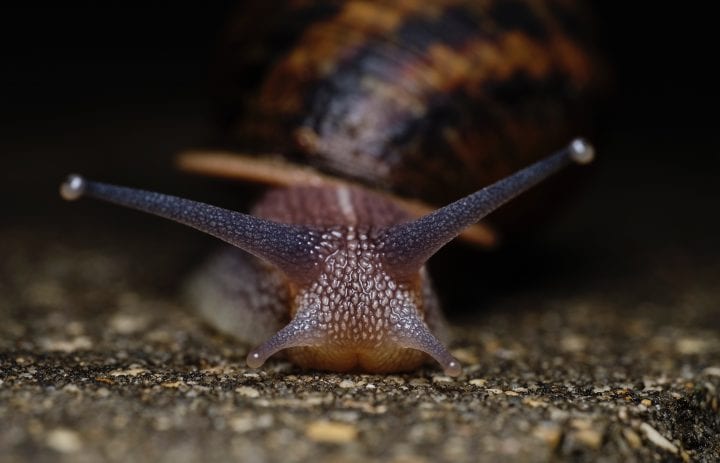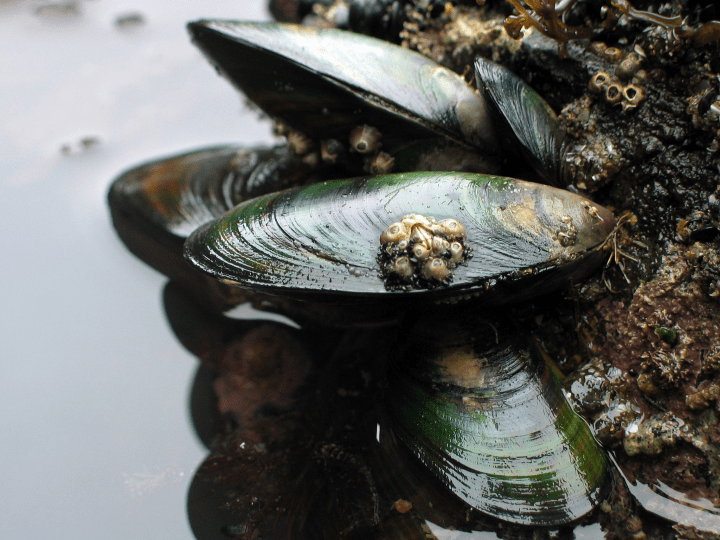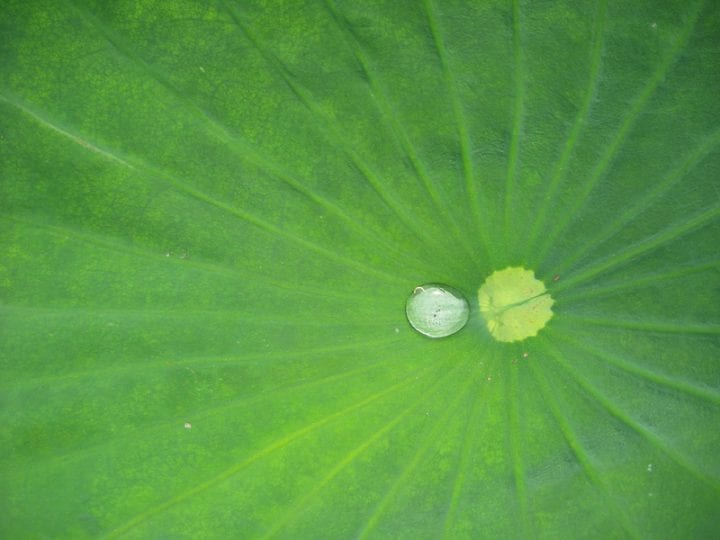Microbe-resistant coating from the University of Bayreuth is made of nanostructures to deter bacterial attachment.
Benefits
- Antibacterial
- Versatile
Applications
- Medical devices
- Wound dressings
- Regenerative tissue
- Implants
- Contact lenses
UN Sustainable Development Goals Addressed
-

Goal 3: Good Health & Wellbeing
The Challenge
Since the discovery of bacteria, conventional thinking has led people to kill microorganisms to control them. Yet, overuse and abuse of antibiotics, disinfectants and other kill strategies have contributed to the creation of superbugs commonly found in hospitals and the general population. As biocidal approaches have made bacteria stronger, new strategies are needed to manage bacterial growth while contributing to a healthy environment.
Innovation Details
The microbe-repellent coating is made of nanostructures that replicate the spidroins, glycoproteins, and lipids of spider silk. The coating is only a few millimeters thick, and has hydrogel scaffolding that is able to serve as the precursor for tissue regeneration. The proteins prevent colonization by bacteria and fungi while simultaneously promoting the regeneration of human tissue. This makes this coating ideal for implants, wound dressings, prostheses, and contact lenses.
Biological Model
The surface of spider silk fibers is made of spidroins, glycoproteins, and lipids. Each spider uses a unique combination of these elements to create a web that can withstand microbial decomposition in all environments. Additionally, some spiders use antimicrobial peptides within their webs.




